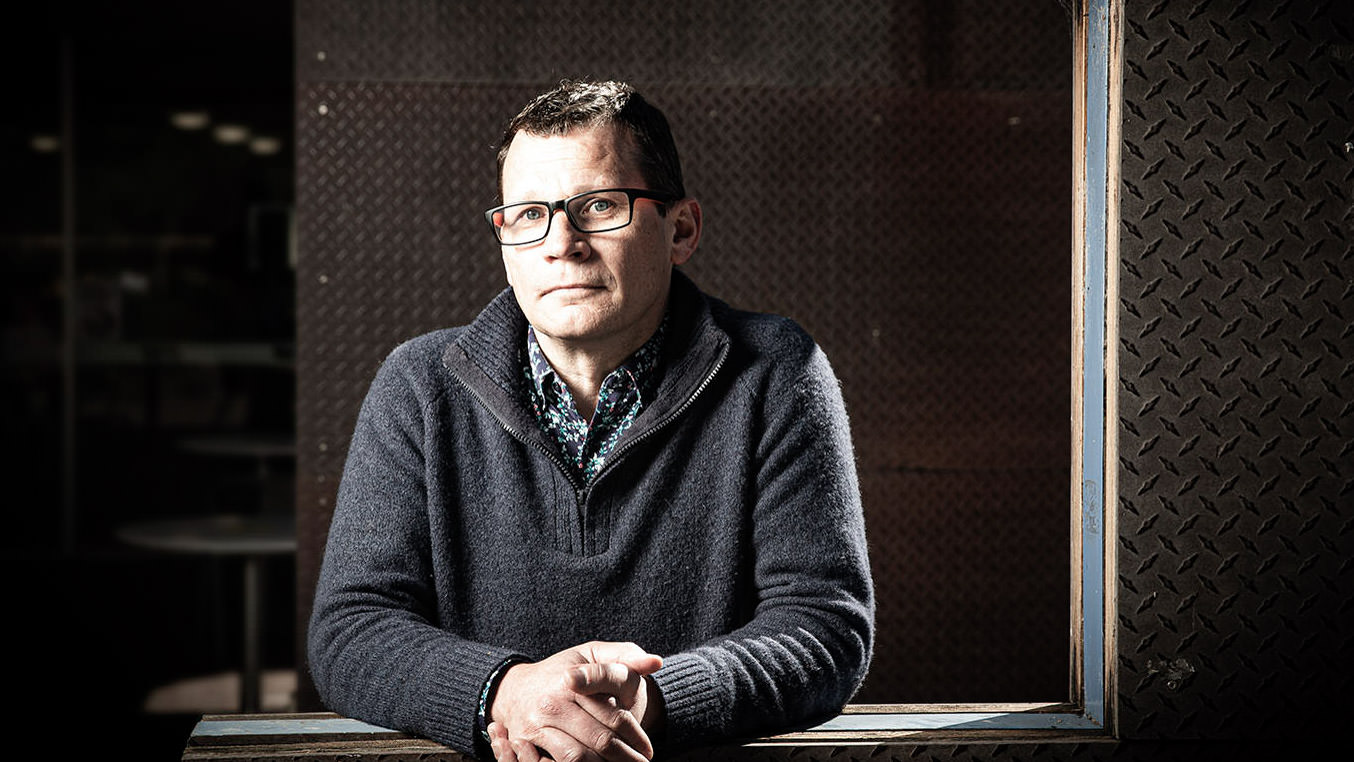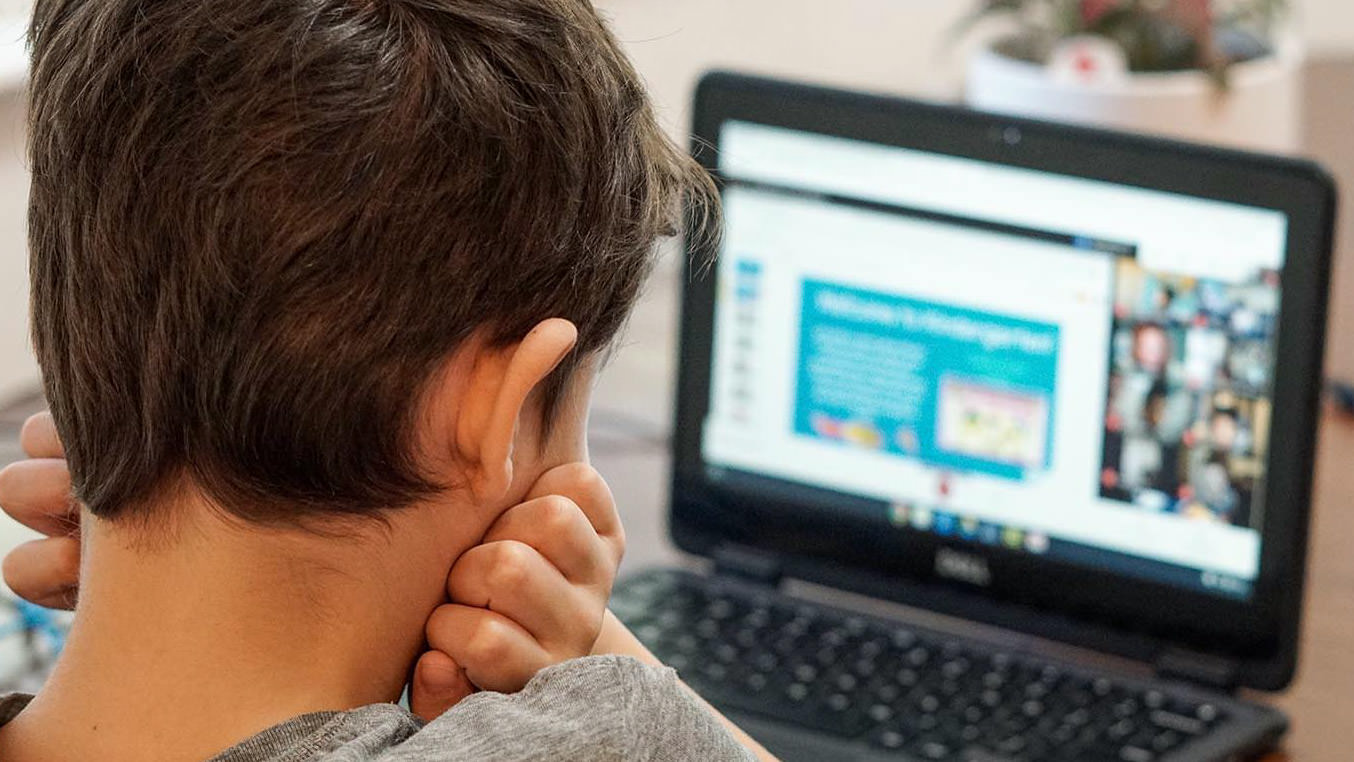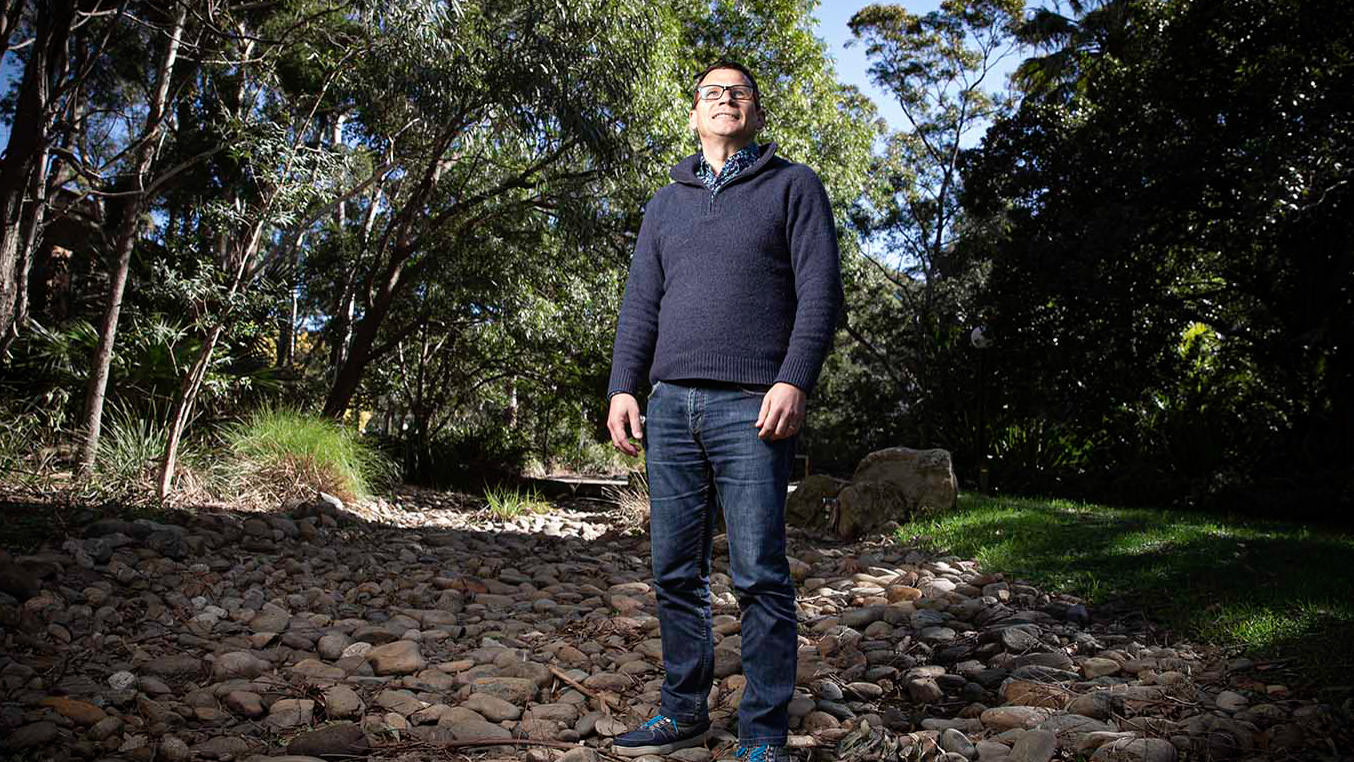Subscribe to The Stand
Want more UOW feature stories delivered to your inbox?
COVID-19 has exposed the inequalities of our education system and placed tremendous pressure on our teachers
September 2, 2020
Schools are, at their heart, communities.
They are a place for learning, yes, but also a place for friendship and connection, a place where young minds are nurtured and allowed to bloom. For many, they are a place of safety and warmth. Schools are a place where the children of today become the next generation of writers, scientists, nurses, doctors, teachers, builders.
So, when the COVID-19 pandemic shut down NSW schools, the impact was devastating, says Dr Paul Kidson, former school principal of K-12 and now researcher in the University of Wollongong's School of Education.
"School is not just about collecting information and learning," Dr Kidson says. "It is about relationships and connection. Unfortunately, we learned that because we had it cut off for six weeks."
Dr Kidson, who is researching inequality in Australian education, says the pandemic highlighted the deep and entrenched cracks that underscore the foundations of the education system.
Online learning, to which all schools were forced to pivot as the pandemic gripped Australian society in March, exposed the differing circumstances many children were facing.

UOW education lecturer Dr Paul Kidson. Photo: Paul Jones
One student's experience of learning at home was not necessarily the same as another, says Dr Kidson, who was a school principal for more than a decade.
"There was a real heightened revelation of the inequity across schools. Take two different schools. One is high-fee paying, digital pedagogy orientated, so the switch to online learning is not a drama," he says.
"However, for a low socioeconomic school, that might not have a single device for every student, it compounds the disadvantage.
"Take Warrawong High School, for example. ABS data shows that for the average Australian household, 88 per cent have access to the internet. In some drawing areas for Warrawong High, it's as low as 60 per cent.
"If the kids are sent to learn from home, and they don't have internet connection or technology, it is incredibly difficult for them. It is impossible for them to be engaged in their day-to-day schoolwork.
"I've heard anecdotes of schools ordering extra laptops and internet dongles, which only arrived one week before the students went back to campus."
It also ripped away the sense of security that schools offered for many students.
"For some kids, school is the safest place to be. If they are remote learning, you are actually taking kids away from the space where they feel most comfortable."

Remote learning has become the norm in 2020. Photo: Thomas Park/Unsplash
Dr Kidson is working on research in this area - data collection has been made much more difficult because of the pandemic - but says schools are as varied as the communities they serve. While some may have continued to offer exceptional learning to their students throughout 2020, barely missing a beat, others would be struggling to catch up for some time.
The pandemic, and consequent school shut down, put school teachers under immense pressure.
As schools remained open for the children of essential workers, some teachers were on campus, in the classroom, while at the same time preparing lessons for children at home. Their workload essentially doubled, says Dr Kidson, who knows firsthand the pressure of controlling a classroom of students face to face, let alone doing so via Zoom.
Adding to that, many teachers were juggling their own family situations, having to choose between homeschooling their own children and their obligation to their students.
"The experiences that teachers have been having in 2020 are as varied as the communities they serve. Teachers have been operating under exceptionally difficult circumstances." - Dr Paul Kidson
"Many have been delivering in the classroom, but also delivering online, and at the same time preparing packages of learning materials for students to collect from school.
"This year has drained so many teachers. There is a growing awareness that school leaders might not have cut teachers enough slack. Teachers have felt anxious, fearful for their own health, their hours have increased dramatically."
If there is a silver lining to the chaos of 2020, Dr Kidson says, it is the renewed appreciation for the work that teachers do and for the ways in which schools contribute to a child's overall wellbeing and development, not just their academic learning.

It has also shone a light on the importance of exceptional leadership in providing support for teachers and for the community as a whole.
"It has been an incredibly tough year so far for our teachers and for our education system, but out of the confusion has come a lot of good," Dr Kidson says.
"The skills, the passion, the knowledge of our teachers has really come to the surface and I think they are finally receiving the acknowledgement and appreciation they deserve. This is particularly true of parents who were forced to become teachers in their home, and for those who are still going through this in Victoria.
"Teachers responded to this unprecedented crisis rapidly, with creativity, dedication and ingenuity.
"In the main, it has contributed to a much more positive image and social discussion about the value of teachers. I hope this stays in the forefront of the community's mind as we continue to move through this crisis.
"The nature of human communities is deep and profound and the elation that many children and parents felt about returning to the classroom really underscores the importance of our schools, and their incredible teachers and leaders."